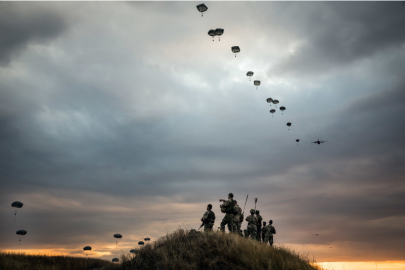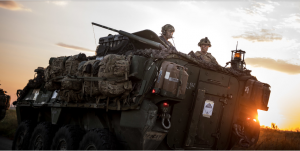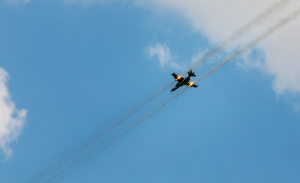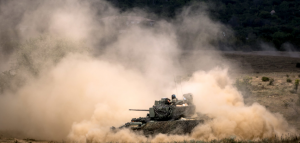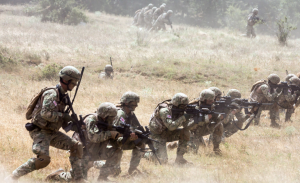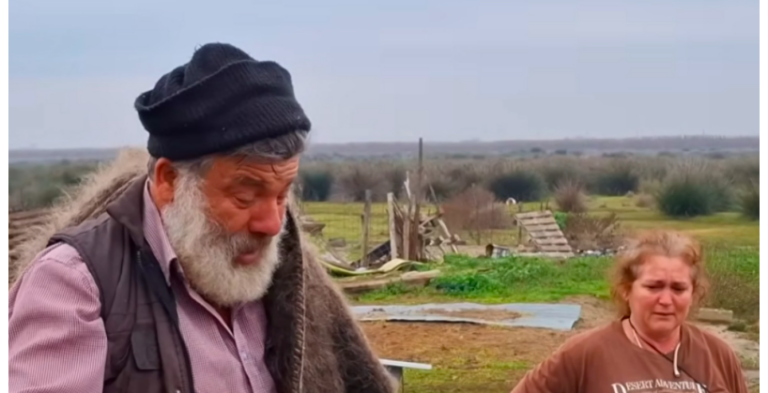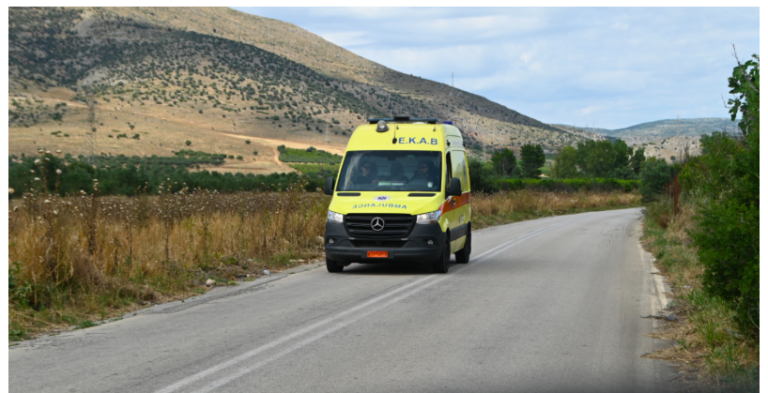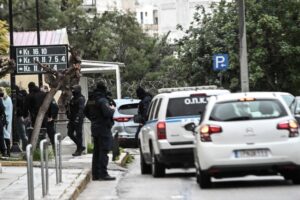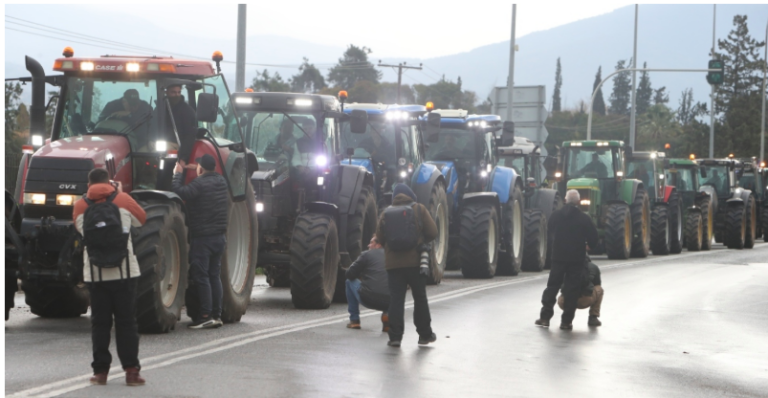After more than a decade spent fighting Islamic insurgents in Iraq and Afghanistan, the United States Army is scrambling to relearn Cold War-era skills to confront potential threats from Russia here in Eastern Europe, territory formerly defended by the Soviet Army.
The adjustments to the new threats are wide ranging. Hundreds of desert-tan battle tanks and armored fighting vehicles must be repainted dark green to blend into European terrain. Soldiers accustomed to operating from large, secure bases in Iraq and Afghanistan must now practice using camouflage netting to disguise their positions and dispersing into smaller groups to avoid sophisticated surveillance drones that could direct rocket or missile attacks against personnel or command posts.
American troops no longer have unfettered right of way in the air or priority access on the ground, as they did across Iraqi river valleys and Afghan mountain ranges. In today’s Europe, borders count in all matters military. On a recent Friday, an American Army supply convoy rushing ammunition from Germany to Romania was held up at the Austrian border until the next Monday by restrictions on military convoys during busy summer vacation travel periods.
A 10-day exercise last month involving 25,000 American and allied forces spread across three former Warsaw Pact countries — Hungary, Romania and Bulgaria — offered a window into how a generation of senior Army commanders are rehearsing updated tactics and strategies once used to counter Soviet troops, tanks and artillery, including nighttime aerial assaults by hundreds of paratroopers. The commanders are training a younger force that has mainly faced shadowy terrorist foes in the Middle East and Southwest Asia since the attacks on Sept. 11, 2001.
“We have to figure out how to adapt to this new environment,” said Col. Clair A. Gill, a 1994 West Point graduate who commands the 10th Combat Aviation Brigade from Fort Drum, N.Y., which flies Apache, Black Hawk and Chinook helicopters. “I don’t think we’re there yet.”
To be sure, commanders are expected to argue that the wars in Iraq and Afghanistan will still require thousands of American troops for the foreseeable future. But the United States and its NATO allies recently completed positioning about 4,500 soldiers in the three Baltic States and Poland, and are preparing to keep several thousand armored troops on the Continent as a deterrent to Russian aggression.
These tensions are part of an expanding rivalry and military buildup, with echoes of the Cold War, between Washington and Moscow.
Moscow is flowing forces for its own exercises along its western border with Europe and also deploying in Syria and eastern Ukraine, and is building up its nuclear arsenal and cyberwarfare prowess in what American military officials say is an attempt to prove its relevance after years of economic decline and retrenchment. Russia has scheduled a major exercise in September that could involve as many as 100,000 troops and other security personnel.
In response, the Pentagon has stepped up training rotations and exercises on the territory of newer NATO allies in the east, such as this base in Bulgaria. The allies have increased air, sea and underwater patrols from the Baltic Sea to the Black Sea to counter a similar increase by Russian forces around NATO’s periphery.
The Russian military threat has changed markedly since the Soviet Union collapsed in 1991. President Vladimir V. Putin of Russia has invested heavily in modern infantry forces, tanks and artillery. Moscow has also increased its galaxy of surveillance drones that can identify targets and coordinate strikes launched from other weapons.
Russia’s so-called hybrid warfare combines conventional military might with the ability to manipulate events using a mix of subterfuge, cyberattacks and information warfare. Earlier this year, for instance, Lithuanian prosecutors opened a criminal investigation into a false report of rape by German soldiers stationed in Lithuania as part of a NATO mission to deter Russia. Moscow denied being involved in any disinformation campaign aimed at discrediting allied troops.
Lt. Gen. Frederick B. Hodges, the head of United States Army forces in Europe, discounted the prospects of a war between the West and Russia, but said Mr. Putin would probably keep stoking efforts to keep Western armies and governments off balance. “He’s going to be around for a long time,” said General Hodges, who is retiring next month after a 37-year Army career. “He’s coup-proof.”
With that in mind, top American planners and intelligence officials are closely watching Russian operations in Crimea, eastern Ukraine, and Syria, all proving grounds for new Russian tactics and weaponry. Young American Army officers are once again using flash cards — or the digital equivalent — to study the structure and abilities of Russian Army units, just as American officers did with earlier generations of Russian forces and weaponry in the 1970s and 1980s.
The Army’s training centers in California, Louisiana and Germany are now including more scenarios that replicate Russian forces, even if scenario planners there, and here, are careful to give the opposing forces fictitious names to avoid ruffling diplomatic feathers even more between Washington and Moscow.
The United States Army’s presence in Europe is a far cry from the height of the Cold War, 30,000 soldiers now compared with 300,000 then, General Hodges said. For that reason, the general is putting heavy emphasis on the “speed of assembly” — how quickly troops and their equipment can move hundreds of miles and be prepared to fight at a moment’s notice.
The $40 million exercise here, called Saber Guardian, the largest in Europe this year, included driving more than 1,000 troops and hundreds of vehicles about 1,200 miles across Europe, the equivalent of going from St. Louis to Miami. Hundreds of allied troops — including American soldiers with faces painted in green and black camouflage — and their 60-ton tanks crossed the Danube River on temporary bridges, fending off mock attacks on the other side.
For Eastern European armies, many of which still use Russian-made equipment, these drills with American and Western European forces improve coordination and trust — and are concrete assurances that the allies have their backs.
“We gained a kind of confidence that we’re not alone here on the eastern flank of NATO,” said Brig. Gen. Theo Toader, a Romanian Air Force officer who directed his country’s portion of the exercise from a sprawling air base not far from Constanta, on the Black Sea.
Nonetheless, there were more than a few bumps, but these exercises are designed to reveal them. General Hodges, for instance, more than once sputtered in frustration at some of the delays his forces encountered crossing the continent. “We need to have more freedom of movement,” he said.
Several of the fast-rising colonels here — the next generation of United States Army generals — cut their teeth on the Russian threat, but spent the formative years of their careers battling Al Qaeda or the Islamic State, and now have come full circle.
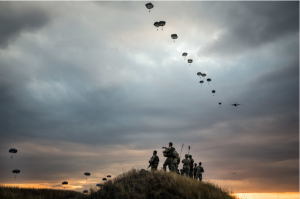
Colonel Gill was assigned to the 101st Airborne Division after graduating from West Point when Russia was still considered a threat. After the Sept. 11 attacks, however, Colonel Gill, one of the Army’s most accomplished Black Hawk helicopter pilots, spent most of his career in small, highly classified Special Operations units battling Islamic militants. When he assumed command of the 10th Combat Aviation Brigade a year ago, he acknowledged it took a while to adjust to preparing to fight more conventional battles.
Now in command of 2,200 Army troops and more than 80 helicopters, Colonel Gill said a major challenge is to maintain heightened combat readiness even as some troops finish their enlistments and new soldiers join the brigade. About 40 percent of his unit has turned over since October.
“We need to be ready to go anywhere, anytime,” said Colonel Gill, 45, from Patton, Pa.
Col. Patrick Ellis studied Russian at West Point, where he was a classmate of Colonel Gill. He believed then that he needed to learn the language of his potential adversary. After the Sept. 11 attacks, Colonel Ellis was deployed multiple times to Afghanistan with specialized Army Ranger units.
Now Colonel Ellis, 45, the son of a Navy officer from Alameda, Calif., commands the Second Cavalry Regiment — some 4,800 troops and 330 combat vehicles. As his troops drove from Germany to Bulgaria, they stopped periodically and interacted with the local citizenry, allowing children to crawl up on the Stryker fighting vehicles and explaining to residents why they were there.
“We know when we wake up every morning who the threat is,” Colonel Ellis said. “We’re very focused on the Russian threat.”
Ask me anything
Explore related questions
